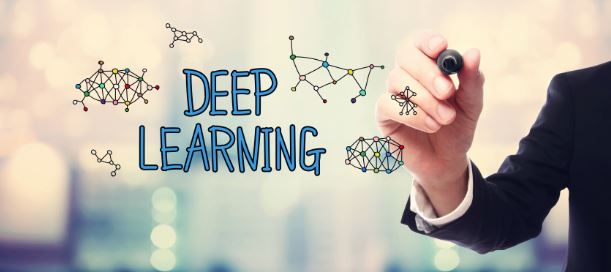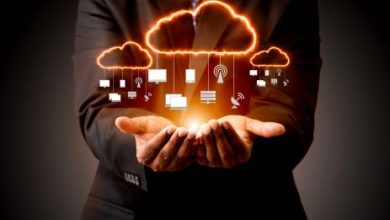Difference Between Deep Learning and Machine Learning

Artificial intelligence is quickly becoming one of the hottest topics in business, with many people wondering what it can do for them. One of the most common types of AI is machine learning, which is a subset of artificial intelligence that deals with teaching computers to “learn” on their own. In this article, we’re going to explore the two main types of machine learning – deep learning and regular old machine learning – and explain the differences between them.
What is Machine Learning and What Are Its Applications
Machine learning is a subset of artificial intelligence that employs algorithms to improve the performance of systems without being explicitly programmed. It is used in a wide range of applications, such as predictive modeling, natural language processing, and computer vision.
Machine learning was developed in the late 1960s and early 1970s at universities such as MIT, Stanford, and UC Berkeley. The first commercial application of machine learning was in the early 1980s when IBM used it to recognize text characters in scanned documents. In 1994, the first neural network was built by neuroscientist Geoffrey Hinton at the University of Toronto. Neural networks are a popular type of machine learning model because they can capture complex patterns and learn from data.
What is Deep Learning and What Are Its Applications
Deep learning is a subset of machine learning that uses artificial neural networks, or deep networks, to model complex data. These networks are composed of multiple layers of neurons and can learn complex patterns by processing large amounts of data. Deep learning has been used in a variety of applications, including speech recognition, image recognition, and natural language processing.
Machine learning is a subset of AI that allows computers to learn on their own by training on large datasets. This process involves teaching computers how to recognize patterns in data so that they can make decisions on their own. Machine learning has been used in a variety of applications, including predicting customer behavior, automating customer service interactions, and identifying fraudulent transactions.
Difference between deep learning and machine learning in Terms of Accuracy, Speed, and Scalability
Deep learning is a subset of machine learning which focuses on the development of neural networks and is often used for more complex tasks such as image recognition and natural language processing. Machine learning, on the other hand, is a broader umbrella that encompasses a wide range of algorithms, including deep learning, that allow computers to learn from data without being explicitly programmed. While both deep learning and machine learning can achieve accuracy levels similar to human experts, deep learning is typically faster and more scalable than traditional machine learning models.
The Future of Machine Learning and Deep Learning
Machine learning and deep learning are two different types of machine learning algorithms. Machine learning is a subset of artificial intelligence that enables computers to learn from data without being explicitly programmed. Deep learning is a more recent development in machine learning that uses layers of artificial neural networks, or trained computer models, to improve the accuracy and speed of predictive analytics.
Conclusion
If you’re like most people, you probably have a general understanding of deep learning and machine learning, but you might not be quite sure what the difference is. In this article, we will try to provide a clear definition of both deep learning and machine learning so that you can understand the basics of each. We will also discuss some common applications for these technologies, and outline how to get started with either one. Write for us technology



